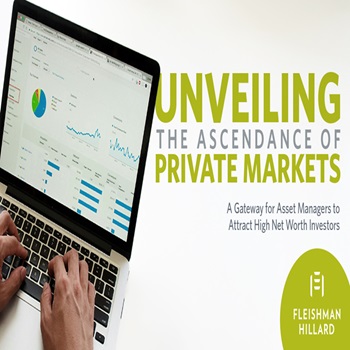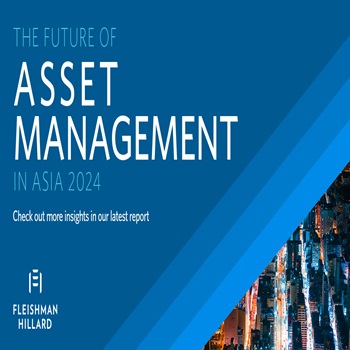Supply Chain Can Supply a Crisis
Written by Laura Tyson, Vice President, FleishmanHillard
Asia is a maze of supply chains, crisscrossing the vast region with raw materials, production facilities, export channels and, of course, rapidly expanding consumer bases.
The regulatory overlay is equally as complex. Some more sophisticated Asian markets such as Japan and Taiwan are highly regulated. Their less developed south eastern neighbors’ regulatory frameworks are in their infancy. Whilst others, racing to catch up with rapid development, are introducing regulations at a rate of knots and stepping up enforcement, making things far less easy to predict.
Add to that the language mix, cultural nuances, politics (2014 saw new leaders in India and Indonesia, and ongoing political uncertainty in Thailand and Myanmar), and the term supply chain seems far too simplistic to describe the complicated and hazardous journey by which our favorite products reach our local stores. Layer that again with the transparency agenda and one begins to get a sense of the multiple layers of risk along supply chains.
Exposés are no longer the reserve of the media. NGOs can single out companies on something highly specific if they perceive a company is failing to uphold adequate standards, be those environmental or ethical. Ask Lego and its former bedfellow, Shell, who were at the receiving end of Greenpeace’s ‘Everything is not awesome’ campaign. Check out the YouTube video if you haven’t seen it. The upshot was the severing of a partnership between the two brand giants that dates back to the 1960s. Social media enables just about anyone to make forays into investigative journalism. A simple posting by a factory worker on a social media site has the potential to implicate a company in a global crisis at unprecedented speed.
It’s no wonder then that, according to a recent Deloitte Global Survey, six out of ten Chief Procurement Officers think their existing teams are inadequately resourced to deliver on the company’s procurement strategies. Alarming news for those in corporate communications who need to plan for, mitigate issues and deal with crises when they arise.
It’s therefore surprising that few brands take care to ensure their suppliers are equipped to handle crises and issues effectively.
Already this year Uniqlo found itself on the receiving end of a highly targeted NGO campaign focusing on their supply chain. SACOM (a Hong Kong-based labor rights group called Students and Scholars Against Corporate Misbehavior) managed to get two of its members employed in two factories in China where the brand makes its fast fashion apparel products. They went on to expose alleged sub-standard working conditions in the factories, Pacific in Guangzhou and Luen Thai in Dongguan, in particular excessive working hours, lack of protective equipment and unreasonably high working temperatures.
Both the brand and the supplier were implicated and yet the brand, owned by Fast Retailing, responded quickly making the best use of the early opportunity to comment, putting the factories on watch and committing to a meeting with the labor rights group. In contrast, the two Hong Kong-listed factory owners, deliberately chosen for being Uniqlo suppliers’, were slow to react, resulting in a smattering of damaging ‘refused to comment references’ in various media outlets.
With shop floor protests the brand might be the most visible culprit but the suppliers too need to get their crisis handling plans in order if they are to avoid losing vital customers and long-term reputational damage. Many suppliers have stepped up to the plate and are taking the initiative with regards to compliance, they now need to do the same with issues management to further cement the trust of the brands they manufacture for.
Reference:
Deloitte Global CPO Survey 2014
http://www2.deloitte.com/uk/en/pages/operations/articles/cpo-survey.html


